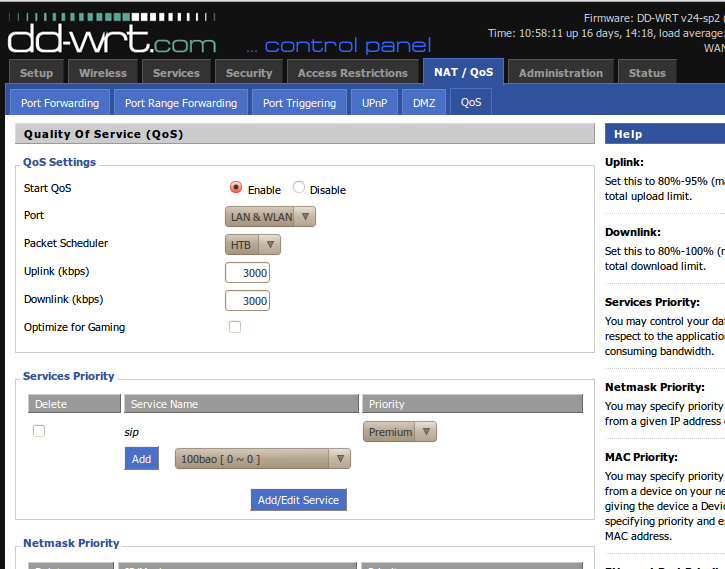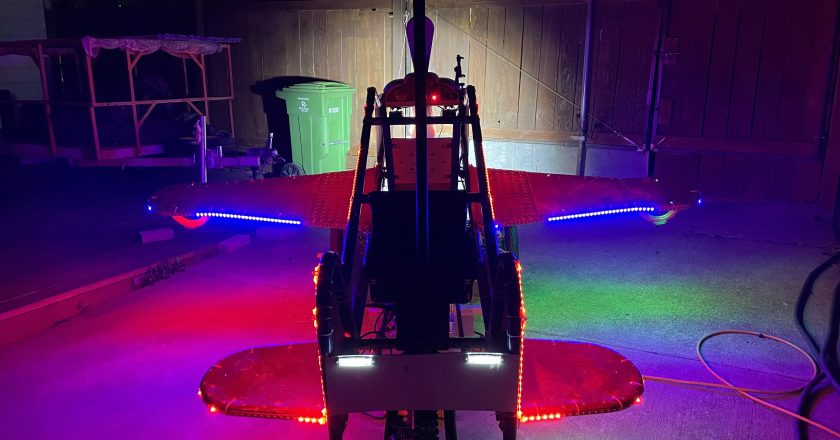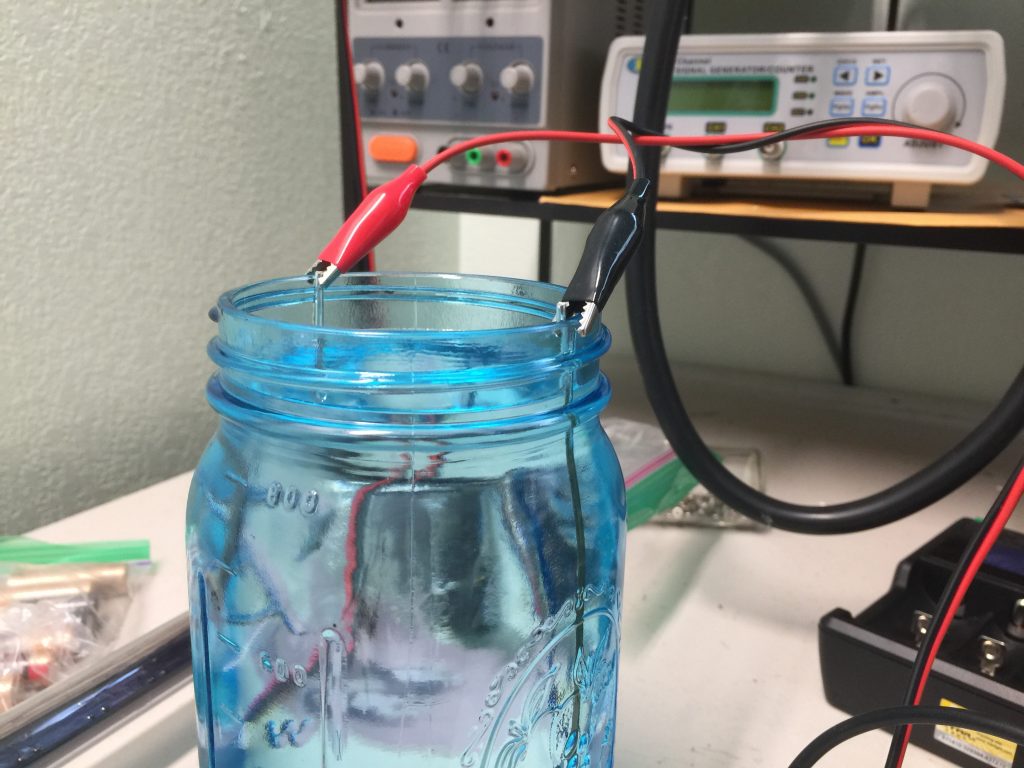VMware Virtual Appliance of DD-WRT
DD-WRT is an opensource router commonly embedded into consumer routers by the end user and also used as the default firmware by companies such as Buffalo. This is a Virtual Appliance of the DD-WRT x86 binary.
This uses the default dd-wrt settings.
Linux: root / admin
DD-WRT: admin / admin
Network Adapter 1 is the LAN interface and it has a DHCP server associated. Be careful if you have it bridged onto your primary network since it will conflict with your primary DHCP server. Connect this to the network you want behind DD-WRT.
Network Adapter 2 is the WAN interface and should be bridged onto your existing network.
Downloads:
- Current
- DD-WRT 2019 03 06.ova — v25 (03/27/19) public
- Old
- Oontz DD-WRT 2015 12 06.ova (GitHub) — v24-sp2 (12/22/14) std
Instructions:
- Import the OVA into VMware Fusion, VMware Workstation or ESXi.
- Configuration
- Network Interfaces
- Network Adapter 1 – Connect this to the network you want behind DD-WRT. On my network, this is a new network called “Private”.
- Network Adapter 2 – Bridge this to your lan.
- Memory
- This will work with as little as 32MB ram. 128MB is more than it’ll ever use.
- Network Interfaces
- Once you have it booted and you’re on the admin page (http://192.168.1.1):
- go to Setup / Networking and set your WAN port assignment to eth0.
- To test this out, go back to the Setup / Basic Setup and set your Connection Type to ‘Automatic Configuration – DHCP’.
Credits:
Built with the instructions provided by https://www.apolonio.com/node/57.





I just got this working in XenServer as well. Only problem is network throughput is kind of slow. Any interest in working on that platform at all?
What throughput did you observe on XenServer? I’ll benchmark my installation and share the results. If they’re significantly different, I’ll work on tweaks on XenServer. You could try changing the network interfaces exposed to the VM by XenServer, that may improve the performance. Upgrading to the latest version of DD-WRT from the mainline is on my todo list. That may also improve throughput.
Does this support VMWare tools (open-vm-tools) for Linux?
I have not tried installing VMware tools on this ova. The dd-wrt forum suggests that the benefits would be limited and the distribution would need some refactoring to support this. I would agree.
Did any of you tried to configure VLAN on it?
How do you update the image
I have not yet tried updating it. It still works to this date.
So on the WAN side I use DHCP. However, the WAN interface does not appear to be getting an IP. Not being a network guy do I need to setup a static route or something? Operating mode is setup to router.
This is great because I can chuck that annoying Freesco router in my lab and use this for my routing
I have been waiting for someone to do this for the DD-WRT router. This is great, about to test this out now. Great Find !!!!
Thank you.
I kept having the problem that when I set
Setup -> Basic Setup -> Connection Type
to
Automatic Configuration – DHCP
I could no longer connect to the admin web interface on 192.168.1.1. Looking at the instructions page https://www.apolonio.com/node/57 you link to I realized I was having the “Network Gotcha” problem described there, where eth0 and eth1 were swapped on the DD-WRT. My solution was to set the WAN port assignment to *eth1* in your Step 3 above, instead of setting it to *eth0*. Note that you have to do this *before* enabling DHCP configuration of the WAN interface in Step 4.
can you use this for WAN failover
I have not tried personally, but this does support all out of the box dd-wrt features.
See: https://wiki.dd-wrt.com/wiki/index.php/Dual_WAN_with_failover
Such a great contribution and my sincere thanks. I’m looking forward to testing this out. One use case that I plan to test is that I see the potential to use this as a super light weight dynamic DNS client. Also, a very light weight appliance for running scripts, DHCP, DNS etc.
The new version of ddwrt is a bit tricky with initial configuration, be patient with it.
Hi,
Importing OVA file is failing to me in an ESXi envirnoment.
It says that the first line of the manifest is wrong due to the SHA.
Somebody has happened to have the same problem?
Thanks
Ivan Conde
jm: Thanks for putting together this image.
I am having an issue that I hope you can help with. I have worked on this for three days trying to figure out what is going on but have found no answers. I used your 2019 ova image with no changes on vmware esxi 6.5.
When I install the ova image and boot it shows a huge number of errors related to files not found, processes missing, settings not made. Here is an example of the boot error messages. Imagine about ten times this number of errors and that is what I am seeing:
can’t open ‘/proc/net/ip_conntrack_flush’
sh can’t create /sys/devices/platform/i2c-1/1-0048/temp1_max: nonexistent directory
br0 no such process
ifconfig: loctl 0x8913 failed: no such device
rmod eoip: No such file or directory
/opt/etc/init.d/rcS: No such file or directory
killall: schedulerb.sh: no such process killed
My /dev/root is read only which appears to be a normal state based on the contents of /etc/mtab which shows it as ro and I see 100% usage by df for /dev/root but /dev/sda3 has plenty of free space. I also cannot reach the 192.168.1.1 webpage, tried swapping nics but it made no difference.
I cannot ping from a connected computer and the computer never gets an ip assigned but can ping 192.168.1.1 from the dd-wrt console as root and httpd is running on port 80. I can only assume the inability to write to files is the cause for not loading the config webpage.
It seems like nothing can write to the disk but I can’t see why not unless the /dev/root should not be read only.
It is very confusing that this problem comes up with your default image too. I created an Openwrt image and it worked but I can’t get anything with dd-wrt to work.
Most references say to use an IDE controller. Your image defaulted to a SCSI controller. I did try IDE, SCSI and SATA but all produce the same result of failed file finds/writes.
I also tried your older image and I tried the current STABLE .image from dd-wrt. With these, I could access the config webpage but any settings were lost on reboot and there were commit errors again related to writing results.
Any suggestions would be appreciated.
I have not actually run into that problem. I can load the ova into Fusion and vSphere without any problems.
Sorry for the slow reply. My bad 🙂
I have the exact same problem as Markus, using ESXi 6.0U2. Is there any fix to this?
Hi
Can anyone test this
I import the ova, and its runs well, and i have an RTL8192cu usb wireless adapter. i connect it to the vm, the vm can detect the adpater, but it was not supported by the kernel. i try to compile the rtl8xxxu module, but the vm dont have any tools such as make.
without a wireless adapter. the wireless tab dont appear on the web ui.